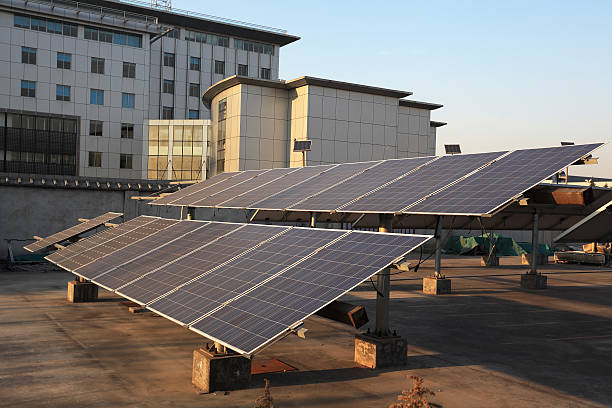Advancements in Terrestrial Wireless Communication: A Leap Forward
The world of telecommunications is always on the move, constantly evolving, and ceaselessly innovating. In the heart of this technological revolution, terrestrial wireless communication plays a pivotal role. In this article, we delve into the past, present and future of terrestrial wireless communication, dissect its impact, challenges and applications, and explore why it is a game-changer in today’s digital age.

The Genesis and Growth of Terrestrial Wireless Communication
Terrestrial wireless communication, or land-based wireless communication, began in the early 20th century with the invention of the radio. Over the years, it has evolved dramatically to include advanced technologies like microwave transmission, cellular communication, and more recently, Wi-Fi and Bluetooth. The most significant leap has arguably been the development of advanced antenna systems, which has significantly improved the range, capacity, and speed of wireless communication.
The Current Landscape: Emerging Trends and Developments
Today, the terrestrial wireless communication industry is buzzing with innovation. One of the most notable trends is the development of beamforming technology, which focuses a wireless signal towards a specific receiving device, rather than spreading the signal out in all directions. This not only enhances signal strength but also reduces interference and increases data rates. Additionally, the use of millimeter-wave (mmWave) frequencies is gaining traction, offering unprecedented data speeds and capacity.
Terrestrial Wireless Communication: The Impact and Challenges
The impact of terrestrial wireless communication on society and businesses is profound. It has enabled seamless connectivity, facilitated real-time data exchange, and has been instrumental in driving the growth of various sectors like e-commerce, telemedicine, remote work, and e-learning.
However, the path hasn’t been entirely smooth. Wireless networks are susceptible to interference from various sources, such as other electronic devices, physical obstructions, and atmospheric conditions. Moreover, ensuring security in wireless communication is a significant challenge due to its inherent openness.
Practical Applications: From Daily Life to Industrial Use
The practical applications of terrestrial wireless communication are vast and varied. On an everyday level, it powers our smartphones, laptops, smart home devices, and more. In the industrial realm, it enables machine-to-machine communication, remote monitoring, and control of equipment, thus driving the growth of Industry 4.0.
Looking Ahead: The Future of Terrestrial Wireless Communication
As we look to the future, the advancements in terrestrial wireless communication promise to revolutionize our digital lives further. With the advent of technologies like beamforming and mmWave, we are on the cusp of entering a new era of ultra-high-speed, high-capacity wireless communication. While challenges remain, the potential rewards make this one of the most exciting areas in telecommunications today.
In conclusion, terrestrial wireless communication is a key player in the telecommunications industry, driving innovation and growth. As the technology continues to evolve, it promises to redefine our digital landscape, opening up new possibilities and opportunities for individuals and businesses alike.





